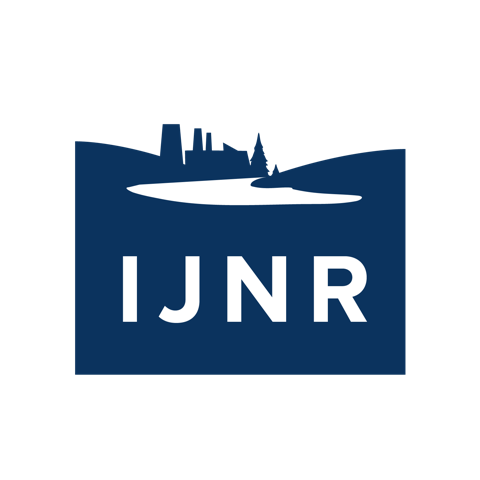Day Three: Ducks, Policy, Cattle, and Reservation Media
Protecting the Duck Factory: Ducks Unlimited’s Coteau Ranch
Just outside of Wing, North Dakota, Ducks Unlimited owns about 3,000 acres in some of the best duck nesting habitat in the country. Nearby, The Nature Conservancy’s Davis Ranch ensures conservation of another 7,000 acres of the prairie pothole ecosystem. The creation of the working-land refuges was a long and winding road. DU had to navigate restrictive state laws and outright rejection of the purchase from the governor. Finally, supportive local landowners stepped in and donated the land in order to get the deal done. The group got to learn more about this diverse habitat, ongoing conservation efforts, current research, restoration efforts and also take time to hike the rolling hills.
Where Policy Becomes Reality: How the Farm Bill, State Regulations and Politics Play Out on the Land
Of course much of what shapes the landscape we see before us starts with policies and regulations crafted in the halls of the statehouse in Bismarck or all the way out on Capitol Hill. Fellows met with representatives of Ducks Unlimited, The Theodore Roosevelt Conservation Partnership, NRCS, Audubon Dakota, ND Game & Fish, The Nature Conservancy and Delta Waterfowl to discuss of the wonkier side of land conservation.
Grazing Cattle and Growing Ducks: Life on a ‘Working Landscape’
Wildlife conservation and human industry aren’t always mutually exclusive. Grazing is a good example. Using cattle as a proxy for the bison that once roamed these lands, state agencies and non-profit groups are working with local ranchers to implement grazing regimes on the landscape that promote healthy nesting habitat for ducks and enhanced biodiversity. The group visited a working cattle ranch to hear about efforts from landowners, environmental groups and resource managers to promote sustainable uses of the PPR and build a working landscape.
Covering the Environment on the Reservation
The Fort Berthold reservation is home to the Three Affiliated Tribes of the Mandan, Hidatsa and Arikara. Bordering the Missouri River and boasting nearly a million acres, the reservation is also home to McLean National Wildlife Reserve, Lake Sakakawea, the third-largest manmade lake in the country, and a huge amount of the oil and gas reserves in the Bakken formation. The group hear from the editor of Buffalo’s Fire, an independent news site dedicated to open and truthful reporting about natural resource and wildlife issues on tribal lands, where media are often influenced, if not outright controlled, by tribal government.
